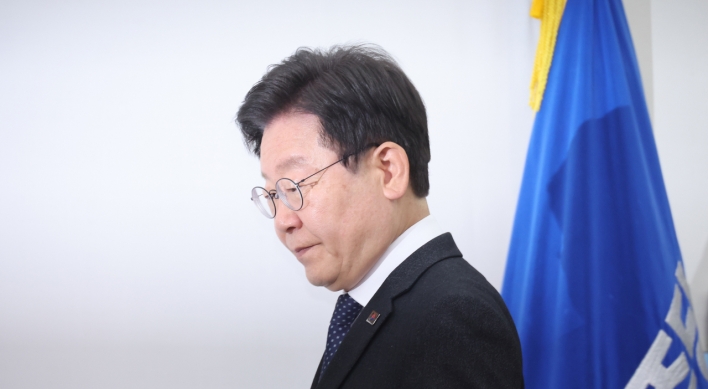A 50-year-old fashion and interior designer surnamed Kim has been running a unique cultural space since last summer in Seochon, Jongno, Seoul, where cultural assets, galleries and traditional Korean houses are little exposed to urban development.
To create a mingling spot where artists and people share their stories, she opened a small eatery with an investment of over 100 million won ($86,300). Despite many regular customers, she has faced a dilemma as to whether she should continue the business, mainly due to an increase in her rent.
“The two-year-long contract will terminate next summer and the building owner will definitely raise the rent. I always have that anxiety that I can be pushed out anytime soon,” Kim told The Korea Herald.
Kim is one of many small business owners who face the impact of gentrification, the phenomenon of old urban neighborhoods being purchased and renovated by wealthier individuals, often leaving small businesses displaced.
To create a mingling spot where artists and people share their stories, she opened a small eatery with an investment of over 100 million won ($86,300). Despite many regular customers, she has faced a dilemma as to whether she should continue the business, mainly due to an increase in her rent.
“The two-year-long contract will terminate next summer and the building owner will definitely raise the rent. I always have that anxiety that I can be pushed out anytime soon,” Kim told The Korea Herald.
Kim is one of many small business owners who face the impact of gentrification, the phenomenon of old urban neighborhoods being purchased and renovated by wealthier individuals, often leaving small businesses displaced.

Public concerns have recently surged over excessive gentrification in regions like Hongdae that gained popularity over time with a unique culture and history of their own. The more hip the locations became, the higher the property value rose, leading to an ouster of those who helped create the region’s identity and diversity. Some argue it is inevitable for urban development.
As part of efforts to sustain the uniqueness of cultural communities and secure the home of original residents and business owners in the neighborhoods, Seoul City on Monday vowed to take a set of antigentrification measures.
Seoul Metropolitan Government said it would inject nearly 20 billion won to six areas and construct an “anchor facility” at each area to offer low-cost spaces for small entrepreneurs. They are: areas spanning from Daehangno to Insa-dong, Sinchon areas including Hongdae and Hapjeong, a region encompassing Bukchon and Seochon, Haebangchon and Sewoon plaza, a street downtown occupied by lines of electric and lighting shops.
For example, a play mall of 20 theaters will be constructed in the theater district of Daehangno in Jongno. The space, for which construction will kick off in 2017, will be rented at low cost, officials said.
The city said it would dissuade building owners in the six regions from increasing rental fees by mediating negotiations between them and small entrepreneurs.
To encourage building owners to do so, the city will offer incentives of up to 30 million won to remodel or reinforce the facility in return for fixing the rental fee for a certain amount of time for small businesses.
The city will also offer a low-interest loan program for small businesses to support them in purchasing the buildings on their own.
To support those facing conflicts with building owners, the city will provide free legal counseling services. A group of volunteer experts, comprised of 33 lawyers and 27 tax accountants, will be mobilized.
The municipality’s initiatives against gentrification can draw a meaningful impact, experts said.
“This can serve as an ‘invitation’ to landlords to participate in the move to prevent gentrification and sustain the region’s identity. Once the area loses its unique identity and visitors, the building owners will also be the ones facing damages. The landlords’ efforts are crucial,” said urban planning and design professor Jeong Seok from the University of Seoul.
Giving financial incentive, however, can also invite those with ulterior motives, he said.
“It could backfire and escalate gentrification with those attempting to abuse the benefits. Therefore, the city must meticulously design the measures and make sure the benefits go to small business owners rather than landlords or conglomerates,” he added.
By Lee Hyun-jeong (rene@heraldcorp.com)




![[Herald Interview] 'Amid aging population, Korea to invite more young professionals from overseas'](http://res.heraldm.com/phpwas/restmb_idxmake.php?idx=644&simg=/content/image/2024/04/24/20240424050844_0.jpg&u=20240424200058)











![[KH Explains] Korean shipbuilding stocks rally: Real growth or bubble?](http://res.heraldm.com/phpwas/restmb_idxmake.php?idx=652&simg=/content/image/2024/04/25/20240425050656_0.jpg&u=)

